Messerschmitt BF 110 – Luftwaffe’s Airborne Artillery & Night Fighter (Pictures)
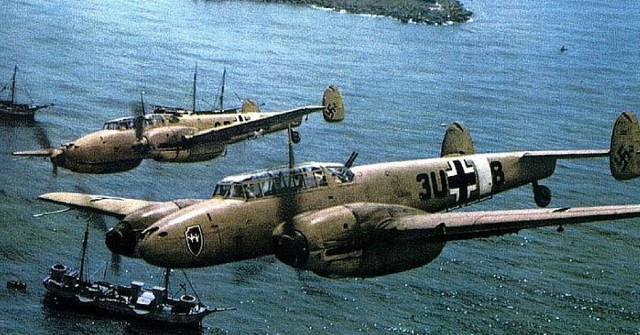
The Messerschmitt Bf 110 was a twin-engine heavy fighter and fighter-bomber developed in Nazi Germany in the 1930s and used by the Luftwaffe during World War II.
The BF 110 was armed with two MG FF 20 mm cannons, four 7.92 mm MG 17 machine guns, and one 7.92 mm MG 15 machine gun or twin-barrel MG 81Z for defence.
The Bf 110 served with considerable initial success in the early campaigns, the Polish, Norwegian and Battle of France. The primary weakness of the Bf 110 was its lack of agility in the air, although this could be mitigated with better tactics.
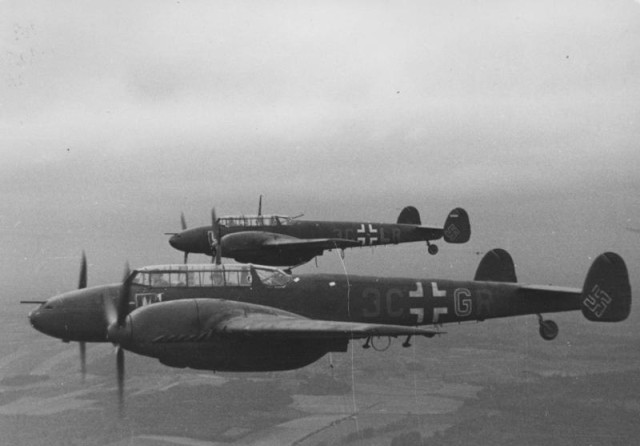
This flaw was however exposed and mercilessly exploited when flying as close escort to German bombers during the Battle of Britain. When British bombers began targeting German territory with nightly raids, some Bf 110-equipped units were withdrawn and redeployed as night fighters, a role to which the aircraft was well suited.
After the Battle of Britain, the Bf 110 enjoyed a successful period as an air superiority fighter and strike aircraft in other theatres.
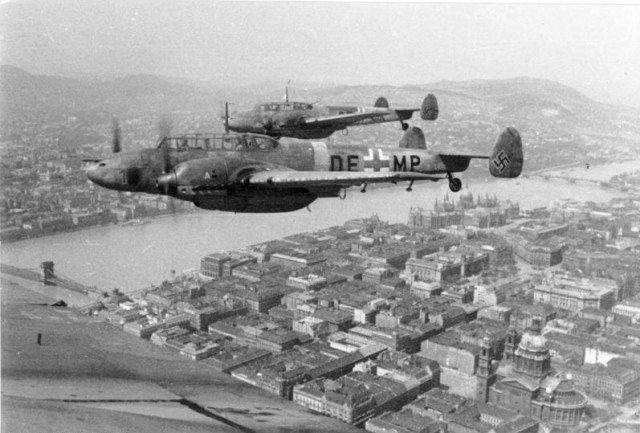
During the Balkans Campaign, North African Campaign and on the Eastern Front, it rendered valuable ground support to the German Army as a potent fighter-bomber.
Later in the war, it was developed into a formidable radar-equipped night fighter, becoming the major night-fighting aircraft of the Luftwaffe.
Most of the German night fighter aces flew the Bf 110 at some point during their combat careers, and the top night fighter ace of all time, Major Heinz-Wolfgang Schnaufer, flew it exclusively and claimed 121 victories in 164 combat missions.
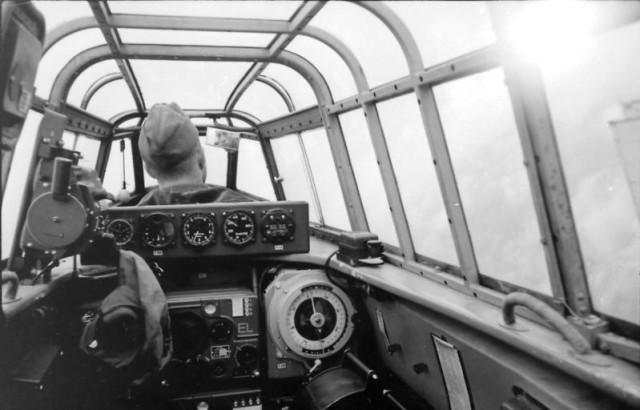 November 1940, over France, a look inside the cockpit, note you can see the pilot’s face in the little mirror
November 1940, over France, a look inside the cockpit, note you can see the pilot’s face in the little mirror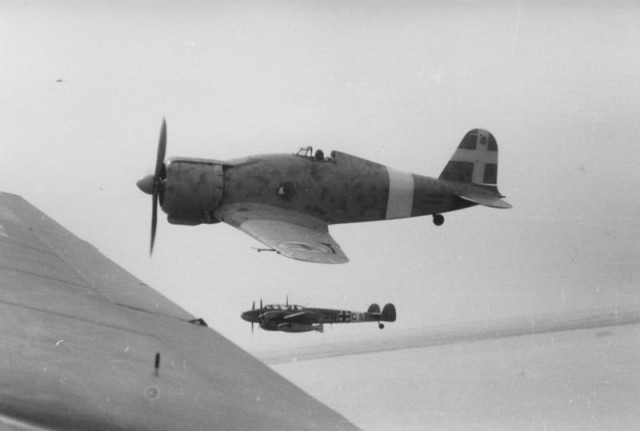 Interesting picture from 1941, it was taken over North Africa and we see an Italian Fiat G.50 and a BF-110 (Zerstörergeschwader 26) in flight.
Interesting picture from 1941, it was taken over North Africa and we see an Italian Fiat G.50 and a BF-110 (Zerstörergeschwader 26) in flight.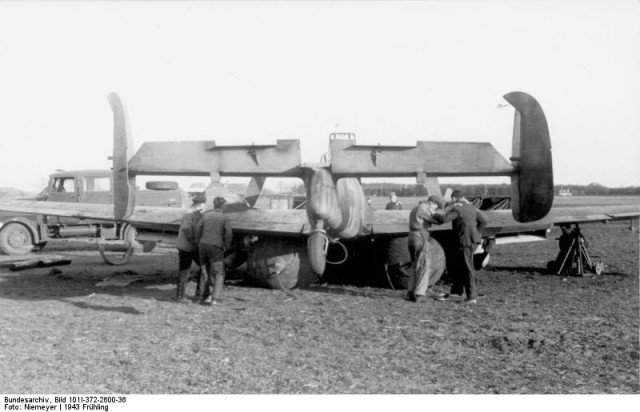 France, 21 March 1943 a BF-110 forced to make an emergency landing after it was hit by an Allied fighter
France, 21 March 1943 a BF-110 forced to make an emergency landing after it was hit by an Allied fighter France 21 June 1942, The BF 110 flown by Staffelkapitän Oberleutnant Hans-Karl Kamp (Nachtjagdgeschwader 4)
France 21 June 1942, The BF 110 flown by Staffelkapitän Oberleutnant Hans-Karl Kamp (Nachtjagdgeschwader 4)Captured
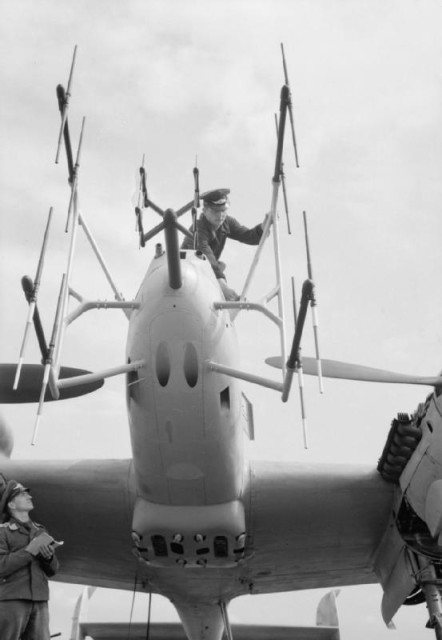 FuG 220 and FuG 202 (center) “Lichtenstein” SN-2 VHF band, and B/C UHF band night fighter radar antennas on the nose of a Bf 110 G-4 being serviced by Luftwaffe ground crew on Grove airfield, Denmark postwar in August 1945, before the aircraft was sent to the UK for research.
FuG 220 and FuG 202 (center) “Lichtenstein” SN-2 VHF band, and B/C UHF band night fighter radar antennas on the nose of a Bf 110 G-4 being serviced by Luftwaffe ground crew on Grove airfield, Denmark postwar in August 1945, before the aircraft was sent to the UK for research.
Text source: WikipediaImages source: Wikipedia / Bundesarchiv CC-BY-SA 3.0
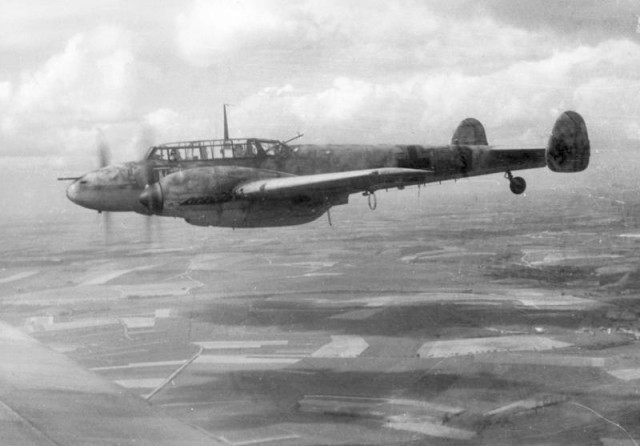
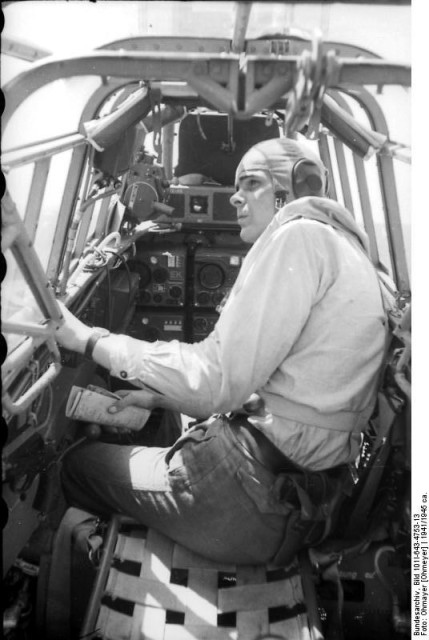
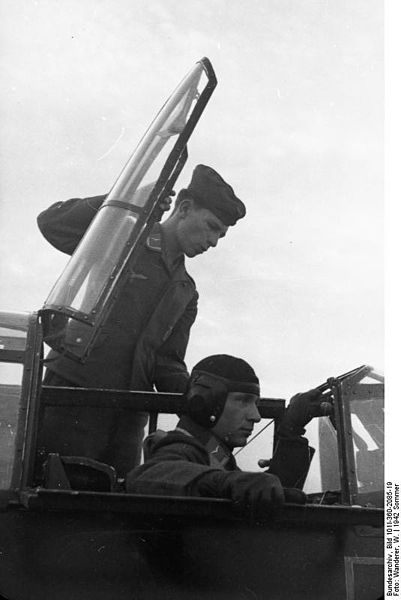
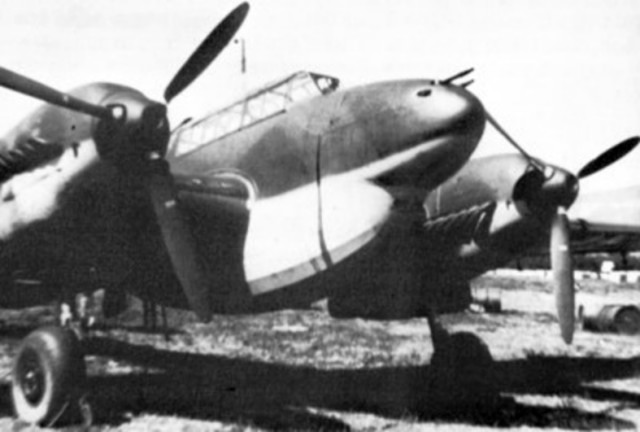
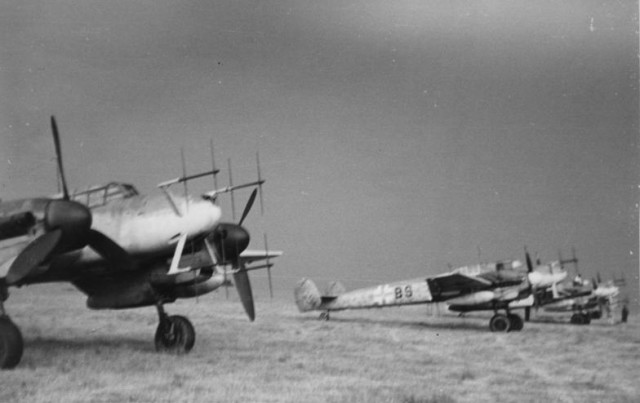
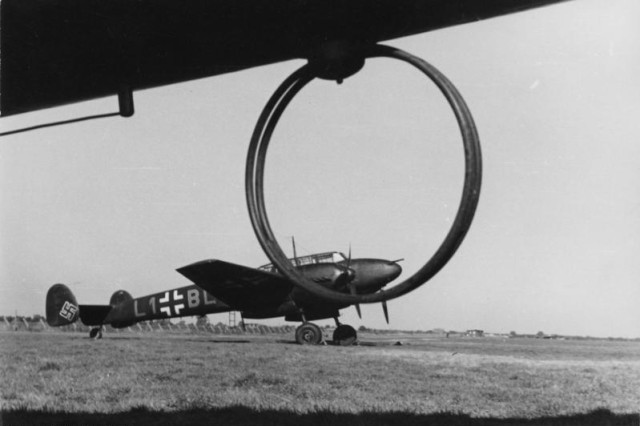
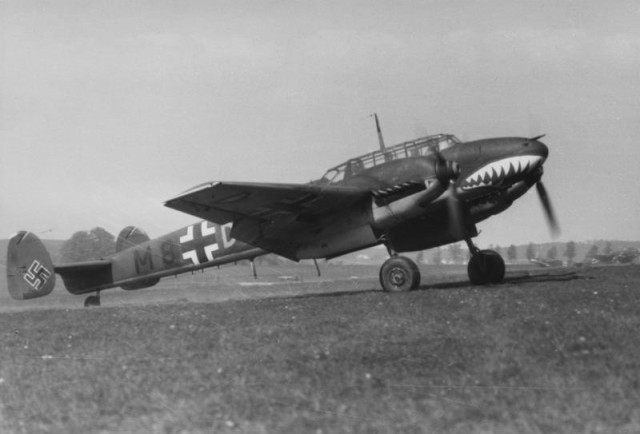
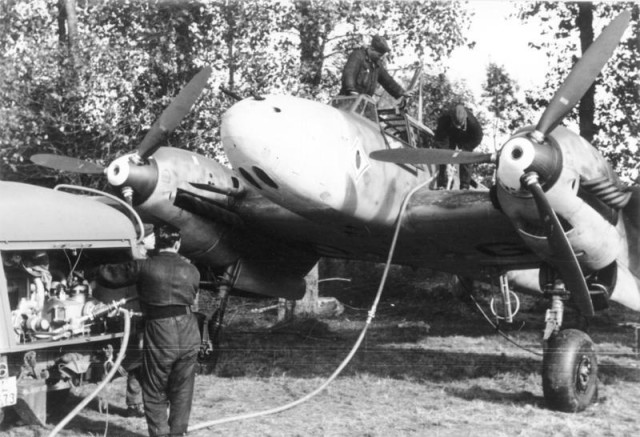
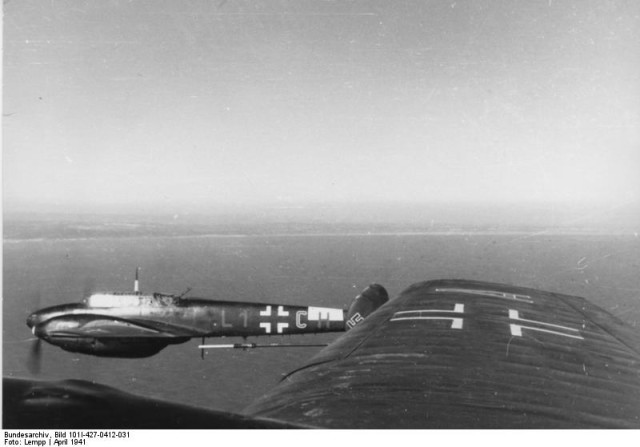
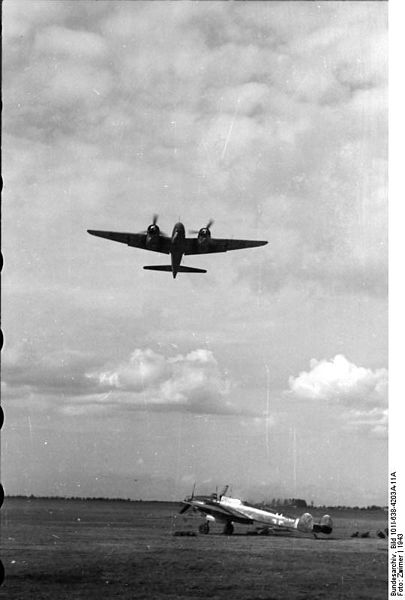
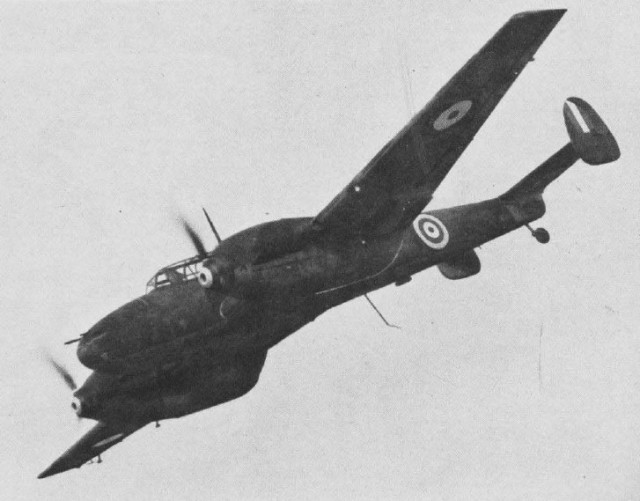
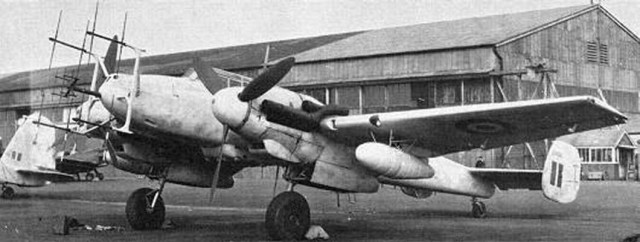
No comments:
Post a Comment